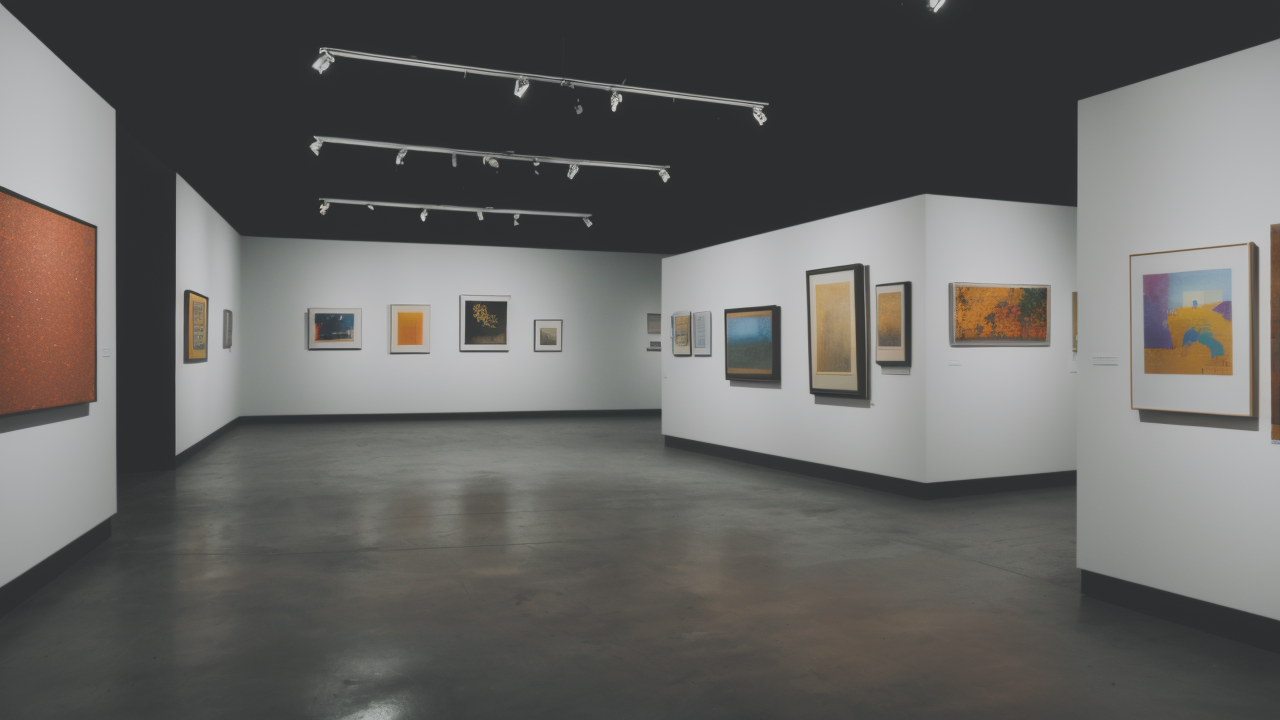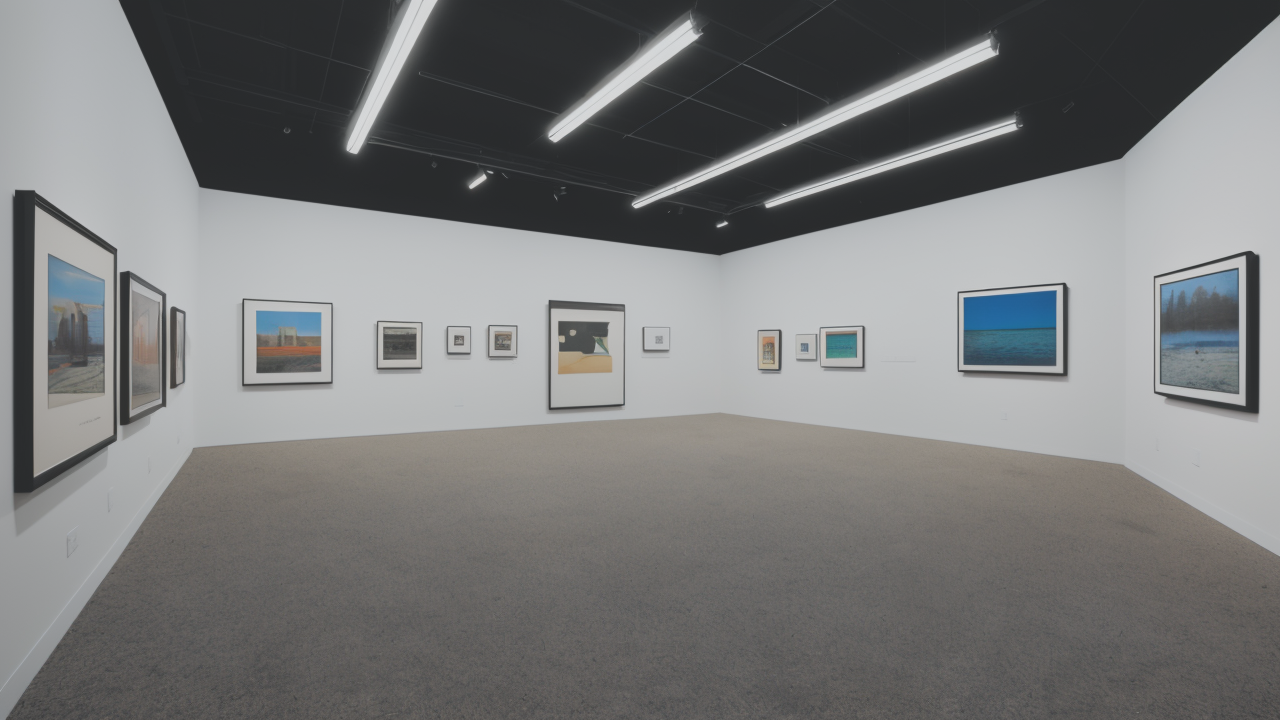
Elevating Your Interior: Minimalistic Drawings as Statement Pieces in US Homes
The Rise of Contemporary Minimalism: A Historical Perspective
The Origins of Minimalism in Art
Minimalism in art began in the 1960s in the United States. It was a reaction to the complex art styles of the time. Artists wanted to create simple, clear works. They focused on basic shapes and colors.

Early minimalist artists used simple materials. They made art with metal, wood, and plain colors. These artists tried to remove personal feelings from their work. They wanted the art to speak for itself.
Key ideas of early minimalism include:
- Using simple shapes and forms
- Focusing on the materials used
- Avoiding complex meanings
- Making art that fills the space around it
These ideas changed how people thought about art. They led to the growth of minimalism in American art.
Key Artists and Movements Defining Contemporary Minimalism
Modern minimalism has grown from its early roots. Today's minimalist artists use many different ideas. They mix minimalism with other art styles.
Some important artists in modern minimalism are:
- Donald Judd - Known for his simple box sculptures
- Agnes Martin - Famous for her soft, lined paintings
- Dan Flavin - Made art using fluorescent lights
- Ellsworth Kelly - Created bold, colorful shapes
These artists expanded what minimalism could be. They used new materials and ideas. Their work inspired many other artists and designers.
New types of minimalism include:
- Digital minimalism - Uses computers to make simple art
- Eco-minimalism - Focuses on using natural materials
- Sound minimalism - Creates simple music and sounds
Minimalism in the United States Art Scene
Minimalism has become very important in American art. Many U.S. galleries now show minimalist works. The style is popular in big cities like New York and Chicago.
American museums have large collections of minimalist art. The Museum of Modern Art in New York is known for its minimalist pieces. Many people also collect minimalist art for their homes.
Young American artists are still exploring minimalism. They use new technologies and ideas. This keeps the style fresh and interesting in the U.S. art world.
Minimalism has also affected American design and architecture. Many modern buildings and products use minimalist ideas. This shows how the style has spread beyond just art galleries.
The Aesthetic and Cultural Impact of Minimalism in Art
Minimalism and the Philosophy of Art
Minimalism makes people think about what art really is. It asks big questions about art and life. Minimalist works often look simple. But they can make people think deeply.

Main ideas in minimalist philosophy are:
- Art should be about itself, not other things
- The space around the art is important
- Less can be more - simple things can be powerful
- The viewer's experience is part of the art
These ideas changed how people see art. They made people focus on basic shapes and colors. Minimalism also connects to ideas in design and architecture.
Many people find minimalist art calming. It can be a break from the busy world. This makes it popular in homes and public spaces.
The Influence of Minimalism on Modern Art Collectors
Minimalist art is very popular with art buyers today. Many people like its clean, simple look. It fits well in modern homes and offices.
Collectors like minimalism for several reasons:
- It's easy to display and doesn't take up much space
- It often becomes more valuable over time
- It works well with many different home styles
- It has a timeless quality that stays in fashion
Some famous minimalist works sell for millions of dollars. This shows how valuable the style has become. Many collectors see minimalist art as a good investment.
Young collectors are also getting interested in minimalism. They often start with prints or small works. This helps bring new energy to the minimalist art market.
Minimalism as a Reflection of Contemporary Culture
Minimalism in art reflects trends in society. Many people today want simpler, less cluttered lives. Minimalist art fits with this desire for simplicity.
In a world full of information and things, minimalism offers a break. It gives people a chance to focus on what's important. This idea goes beyond art into areas like lifestyle and design.
Minimalism connects to other popular trends:
- Mindfulness and meditation
- Eco-friendly living
- Taking breaks from technology
- Tiny houses and simple living spaces
These trends show how minimalism reflects broader changes in culture. It's not just about art, but a way of thinking about life.
Contemporary Minimalist Art in the Market: Trends and Insights
The Role of Minimalism in Modern Art Investments
Minimalist art has become a strong choice for art investors. Many see it as a safe and profitable option. The style's lasting appeal helps keep its value.

Key reasons minimalism is attractive to investors:
- Works by famous minimalist artists often increase in value
- The style appeals to many people, which helps resale
- Minimalist art is easy to store and move
- It fits well in many different spaces
Auction houses report growing interest in minimalist works. Both old and new artists are seeing strong sales. This trend is likely to continue as more people discover minimalism.
Investors also like that minimalist art is often well-documented. This makes it easier to prove it's real and track its value over time.
How Minimalism is Shaping the Future of American Galleries
Minimalism is changing how American galleries work. Many are changing their spaces to show minimalist works better. This often means creating simpler, more open rooms.
Galleries are also changing how they present art to visitors. They're giving more information about minimalism's history and ideas. This helps people understand and enjoy the art more.
Some ways minimalism is influencing galleries:
- More focus on lighting to show simple shapes
- Using technology for interactive displays
- Working with minimalist artists on special projects
- Paying more attention to how visitors experience the space
These changes are helping galleries attract new visitors. They're making minimalist art easier to understand and enjoy for everyone.
Strategies for American Galleries to Adapt to Minimalism Trends
American galleries can use several strategies to embrace minimalism:
- Show a wide range of minimalist art
- Hold events and talks about minimalism
- Use social media to show minimalist works
- Work with designers to show how minimalist art looks in real rooms
- Offer online tours of minimalist exhibitions
Galleries can also work with schools and community groups. This helps teach people about minimalism. It can create new fans and potential buyers.
Some galleries are creating "minimalist experiences." These are spaces that let visitors interact with minimalist ideas. This approach can make the art more interesting for younger visitors.
By adapting to minimalism, galleries can stay important in the changing art world. They can attract new visitors and collectors. This helps ensure a strong future for minimalist art in America.


